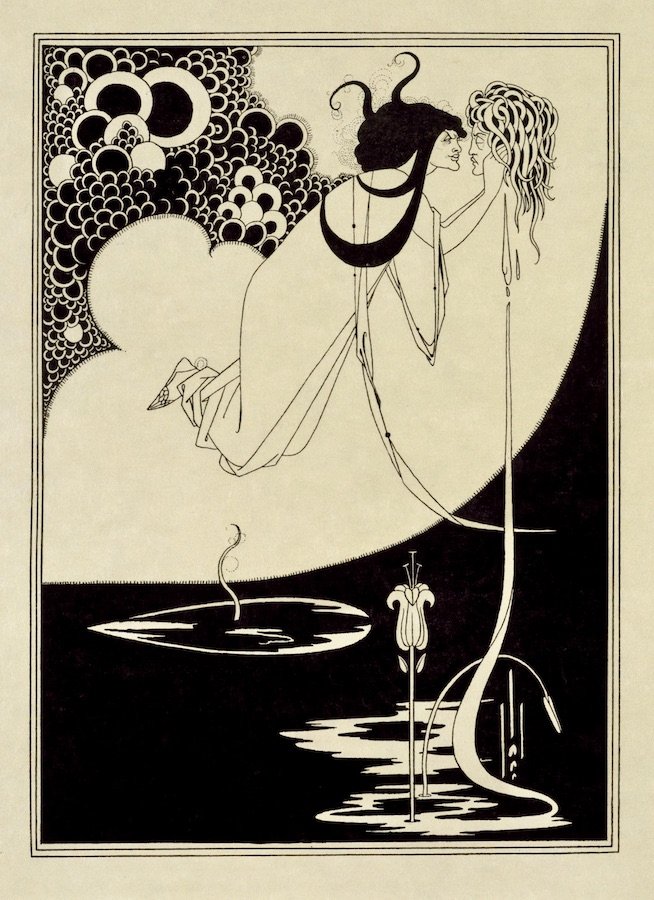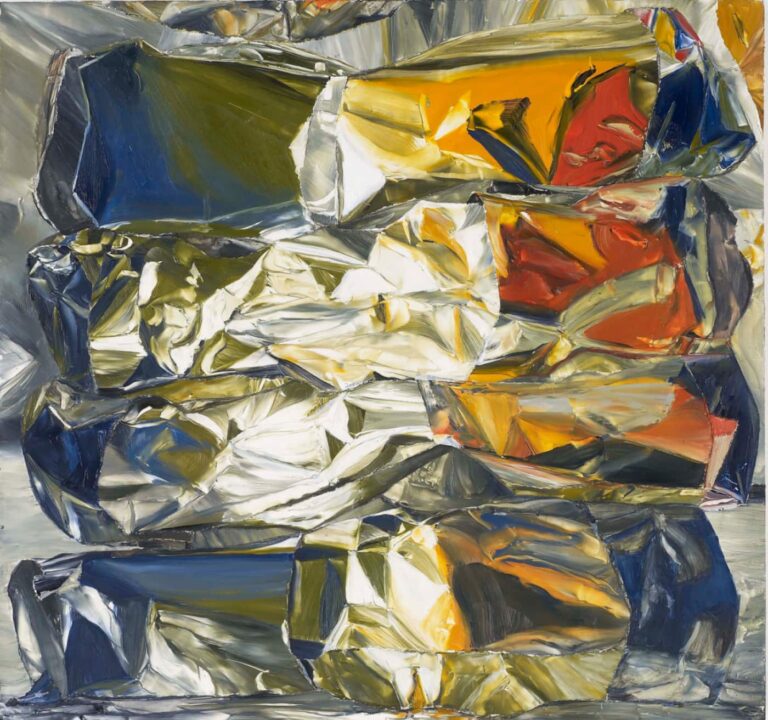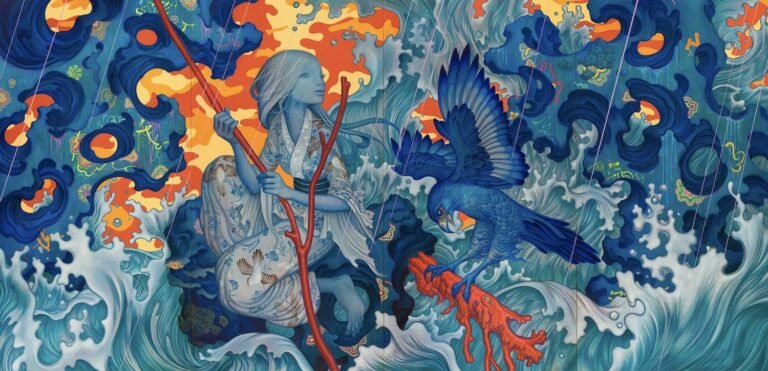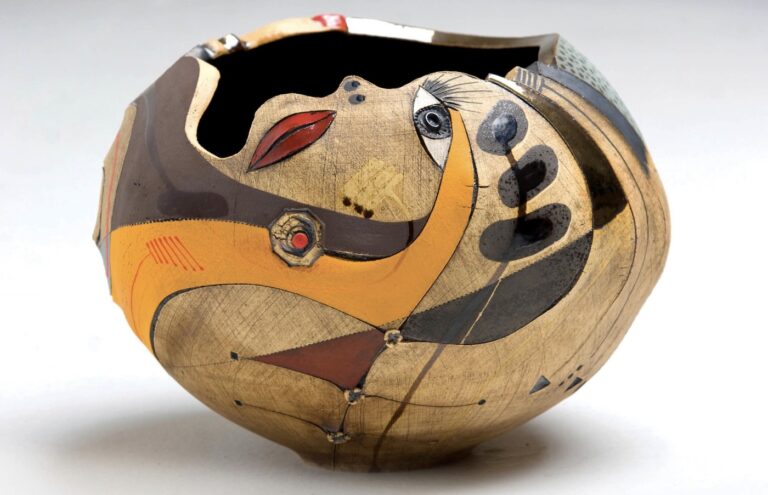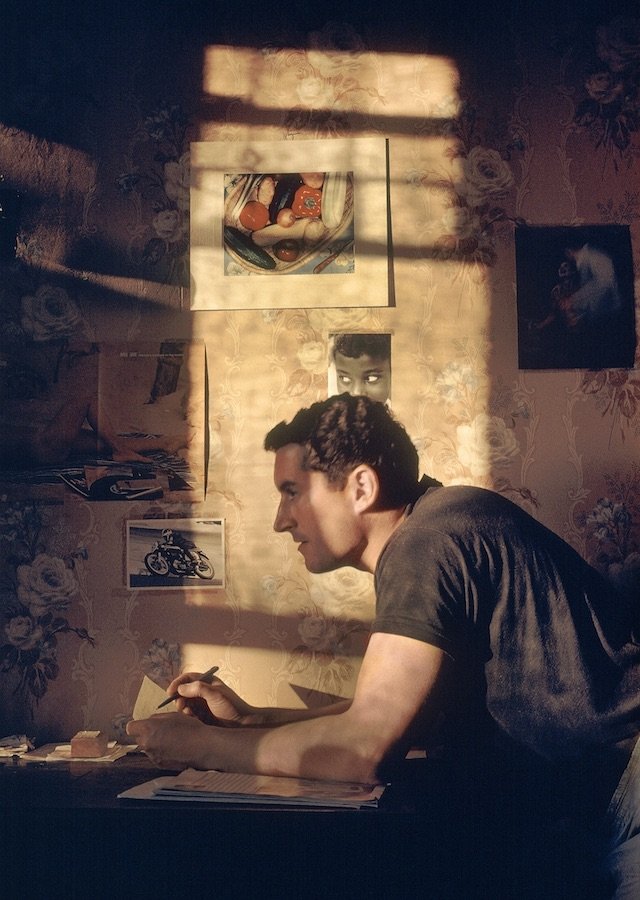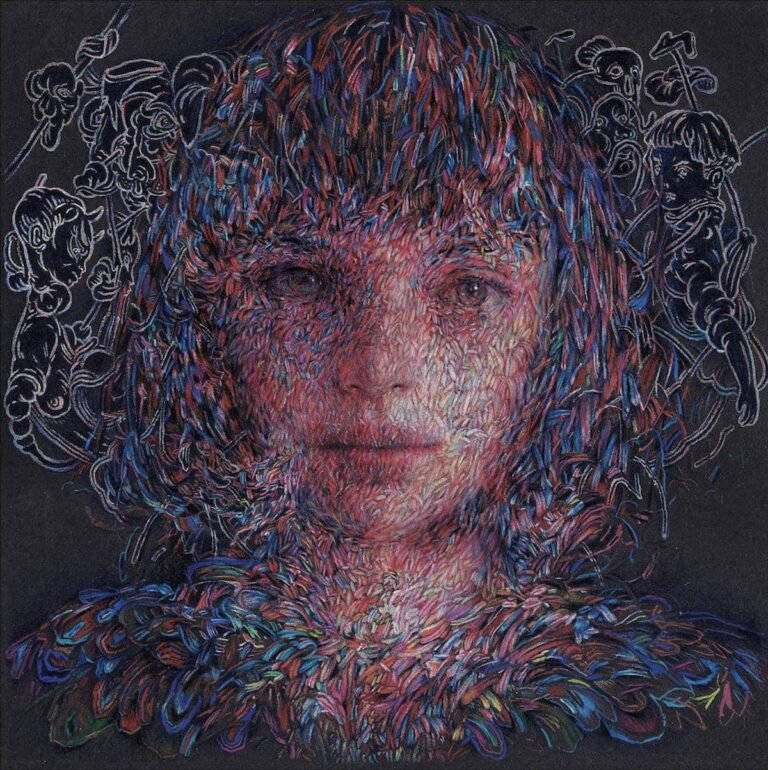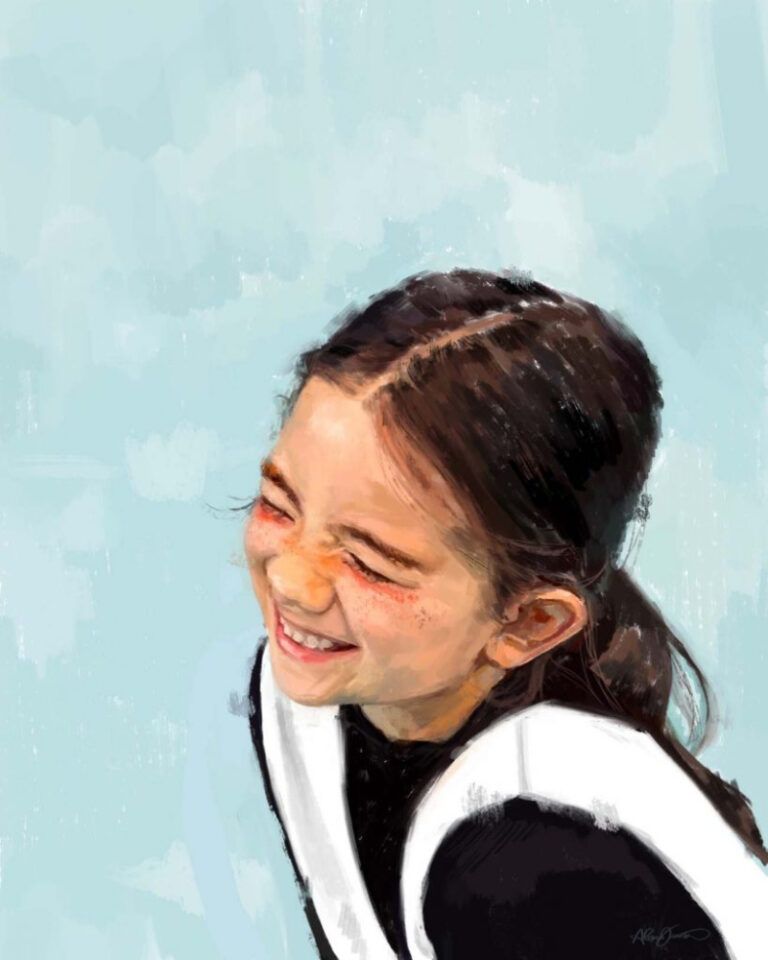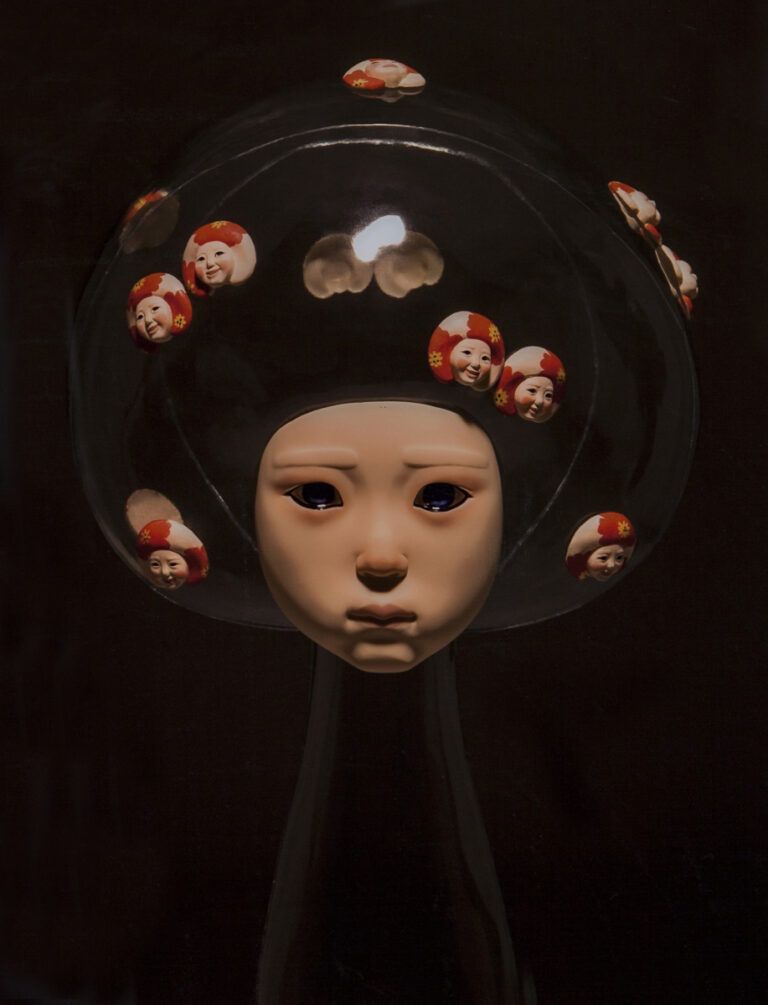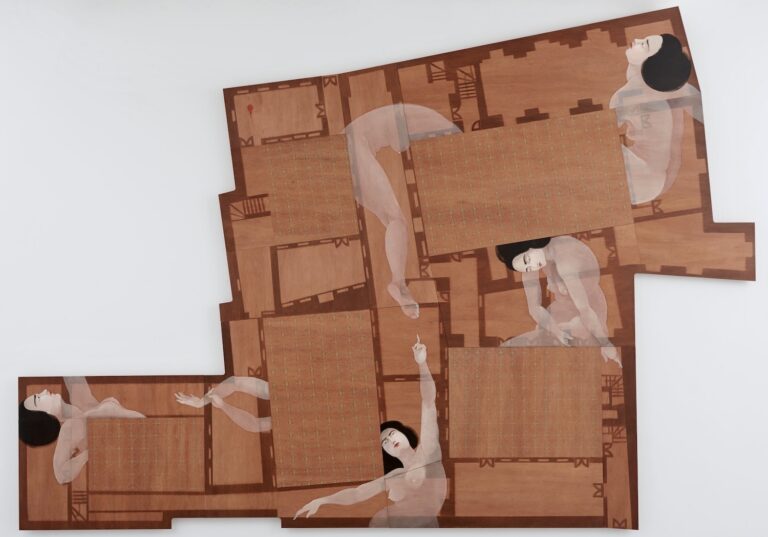1872 – d. 1898
Aubrey Beardsley was a pen and ink illustrator whose sharp lines were as cutting edge as his imagery and wit. The 19th century artwork often being viewed as daring with displays of underlying or overtly erotic influences. Inspired by the Pre-Raphaelites, a degree of their influence can be seen through many of his works, especially within the illustrations he did for authors like Oscar Wilde, the play Salomé forming some of his most widely known and celebrated illustrations.
Beardsley was also influenced by the designs of Art Nouveau; with graceful sinuous lines that are most prominently seen in the accentuated dress or hair of a female; with flowing spaces of deep black filling half the image. Due to his strong application of ink, Beardsley’s prints are brimming with brightly lit contrasts and crisp divisions.
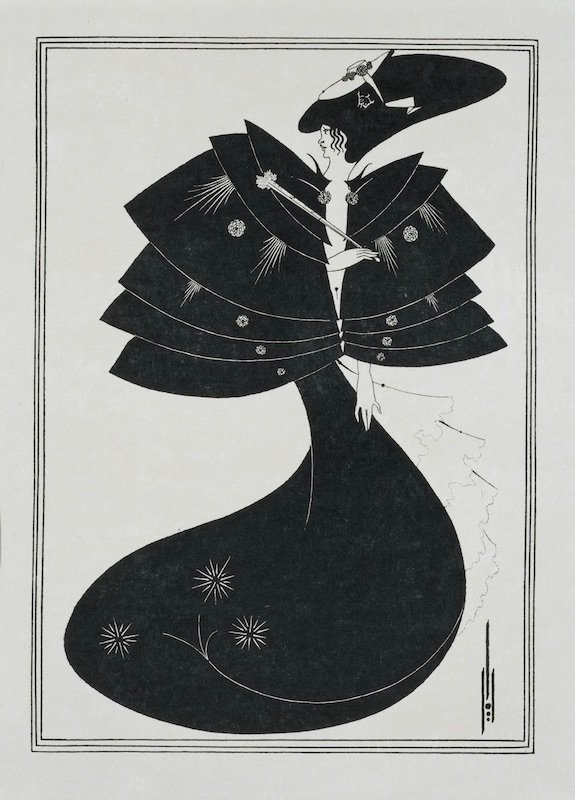
The Black Cape, 1894 (From Oscar Wilde’s Salomé) © Victoria and Albert Museum, London
His prints are also known to feature elongated figures, beautifully embellished patterns, and a purposeful flatness to the art – which was inspired by the style of Japanese artworks, in particular their prints known as Ukiyo-e, which had become highly influential in Western art.
Another style to Beardsley’s work is the art of the grotesque, typically in reference to; his skulls; caricatured features of the human face and figure; disturbing expressions of depravity; human bodies turned part animal or part object in their symmetry e.g. The Cave of Spleen, 1897. In addition, this image is also a great example of Beardsley’s other unique voice – his mischievousness, for example, with hidden elements and features to the print – just look for the stitching of a baby. In this and in others, Beardsley’s work also hints at something below the obvious, a subtler and sometimes darker interpretation. Beardsley was quoted once as saying “I have one aim – the grotesque. If I am not grotesque, I am nothing”.
Having suffered with poor health most of his life and with a renewed sense of religion from it, Beardsley asked his publisher to destroy some of his work – viewing them as either bad or obscene drawings, which in part would have been due to the Victorian attitudes of the day. Thankfully the publisher saved them, with Beardsley going on to join a line of immortalised artists who would inspire future generations across a breadth of art.
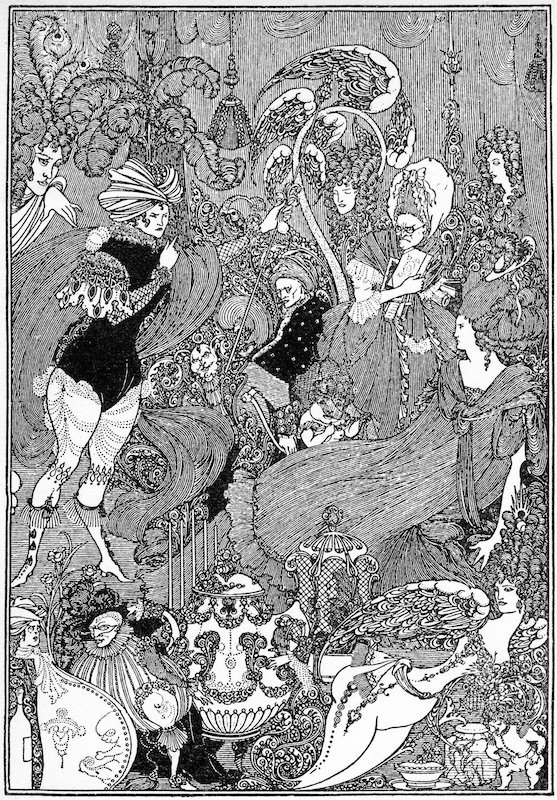 The Cave of Spleen, 1897, Aubrey Beardsley. (From Alexander Pope’s The Rape of The Lock – about stealing a lock of hair)
The Cave of Spleen, 1897, Aubrey Beardsley. (From Alexander Pope’s The Rape of The Lock – about stealing a lock of hair)

